In November 2012 my wife and I went to America for the second time together and this time we went with my in-laws too. The trip, again, was to visit my wife’s sister who lived in Virginia then but on this occasion we all stayed in Maryland at her boyfriend of the time’s house. The state’s capital city was an obvious draw for a short trip and so the five of us headed there one day in the week we were visiting, concentrating on the waterfront area around Baltimore Inner Harbour on account of its historic points of interest what with us being people who find historic points of interest interesting.
Although I’ve mentioned it on other posts from this trip to America I’ll repeat it again here: this was the trip that forever sends shivers down my spine. We’d needed to fly out from Heathrow early in the morning so we’d awoken at some horrible hour in the dark and grabbed the bags from the room where they’d been stored the evening before and headed off. And about halfway to the airport some tired part of my brain suddenly perked up and said:
Hey, remember how dark it was this morning? And remember how the room with the bags in has a black floor? And remember how the suitcases were bright yellow so you packed them in the car? And remember how the camera bag is black in a dark room on a black floor? Any recollection of picking that up?
The Trip Where I Forgot To Bring My Camera. Still horrifying to think about. I did have a camera as I’d put my older DSLR in a case on the slight chance that my wife might have wanted to use it. She never had before but there was always a first time. So, armed with not the camera I wanted and only the single lens it had on it plus my phone I was still able to take some shots but my photographic heart was never quite in the right place.
It was a lovely November day to visit Baltimore’s historic seaport and tourist attraction; clear skies and a clean crispness in the air. The transformation of the Inner Harbour from a dead and decaying, formerly-industrialised, shallow port abandoned by visiting vessels in the 1950s due to economic changes into a thriving spot for recreation became a model for waterfront renewal around the world. Parks and museums were erected and hotels and other attractions such as an aquarium and a science centre were built following a flood of tourism in the wake of the tall ships making a stop during the 1976 bicentennial celebrations.
Our interest was in the floating museum ships. Photos from three of the ships can be found in earlier travel portfolio posts here:
- USCGC Taney – the last floating survivor during the attack on Pearl Harbour
- USS Torsk – the American naval vessel to sink the last enemy ship in World War 2
- USS Constellation – the flagship of the Union’s anti-slave trade African Squadron in the American Civil War and the last sail-only warship built by the US Navy
We also visited the United States Lightship Chesapeake. If you’re as much a fan of sci-fi as me then you too will be disappointed to learn that the name has no bearing on its means of propulsion, instead referring to its use as a lighthouse. Launched in 1930 and used in World War 2 to protect Boston, Chesapeake, like all lightships, was mothballed in the 1960s as permanent lighthouses were built and automated buoys become more commonplace.
The only blot on the landscape of Baltimore’s otherwise attractive harbour area was the prevalence of homeless people there, some of whom we saw rifling through litter bins. This isn’t unique to Baltimore, of course – our visits to Washington D.C. were real eye-openers as to just how many homeless people there were, and every city around the world will have its share – but it is still something that simply shouldn’t be possible to happen in supposedly rich countries supposedly proud of their supposedly Christian values.
The last of the museums we visited was not a ship but was still maritime-themed, this being the Seven Foot Knoll Lighthouse. Built and first lit in the 1850s then rebuilt in wrought iron in 1875, this cylindrical, screw-pile lighthouse became automated in 1949 and was deactivated in 1988. It was then moved from its location at the mouth of the Patapsco River to one of the piers in the Inner Harbour and turned into a museum. While not very large and not containing an awful lot to see other than attractive views it did have a very entertaining custodian who was immensely pleased to discover we were not only from England but also from a historic naval city and we ended up talking to him for ages.
Our trip to Baltimore wasn’t a long one but the Inner Harbour was beautiful and there was plenty to see and do there for several more trips should we find ourselves visiting again.

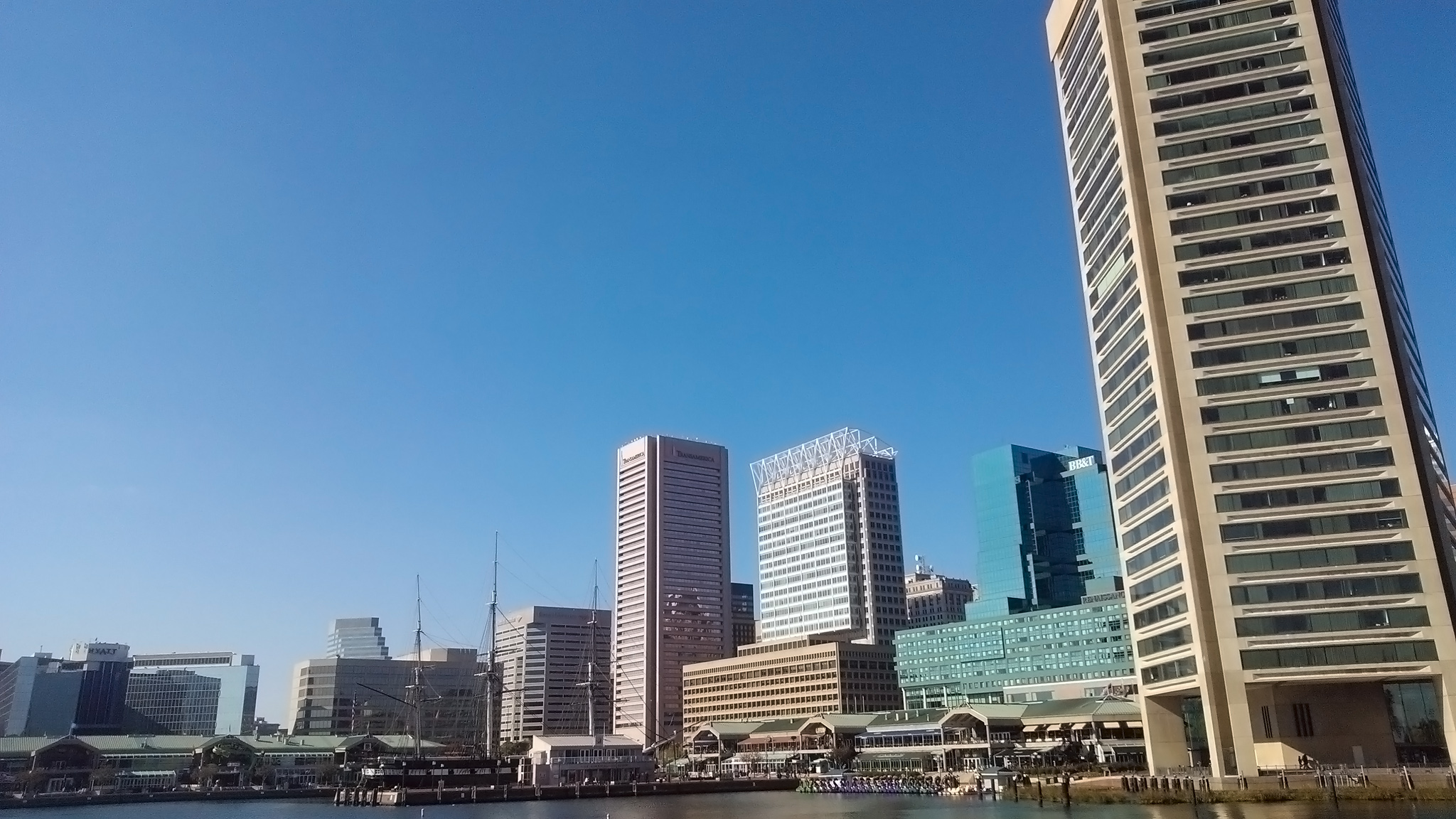
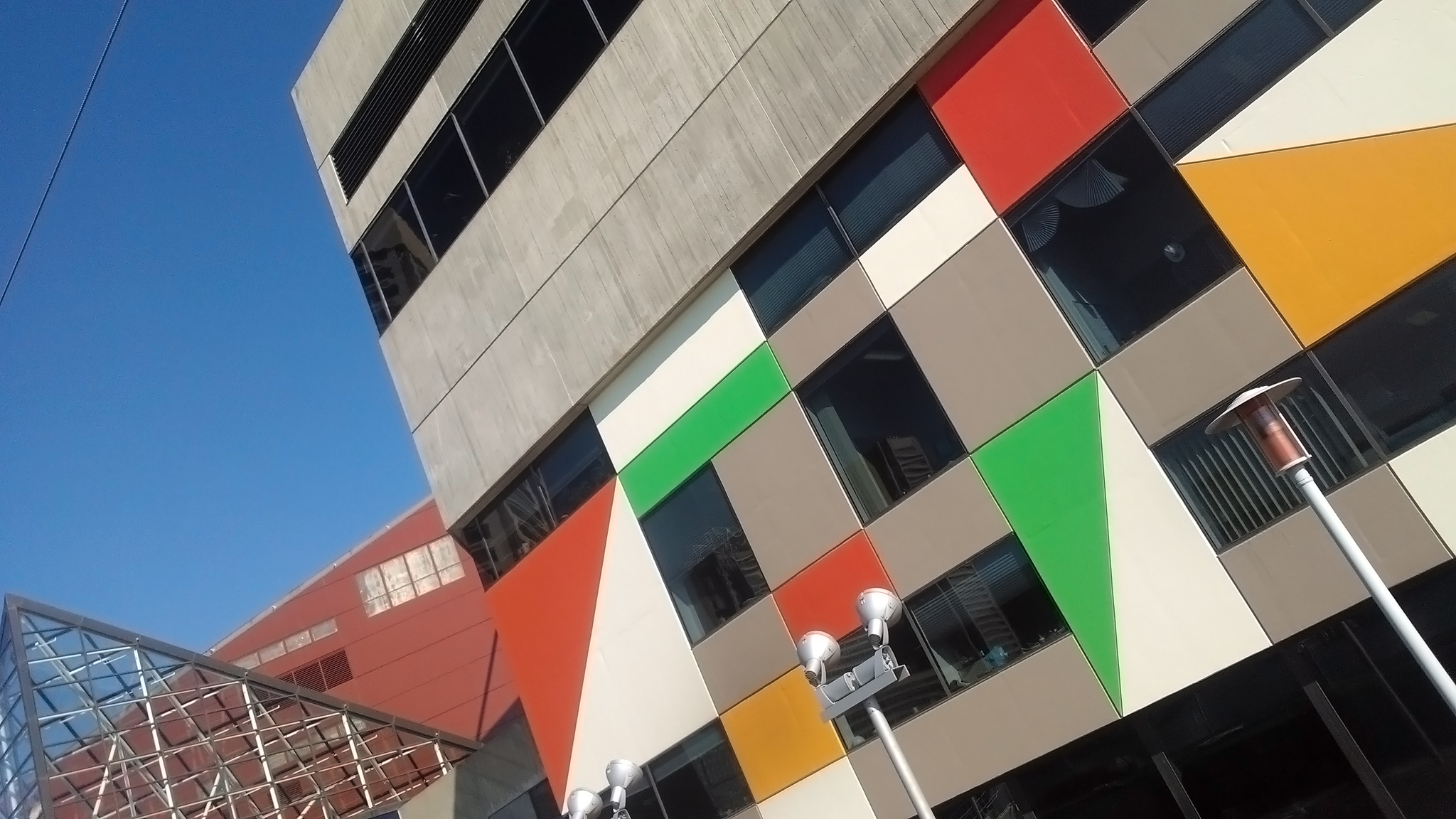

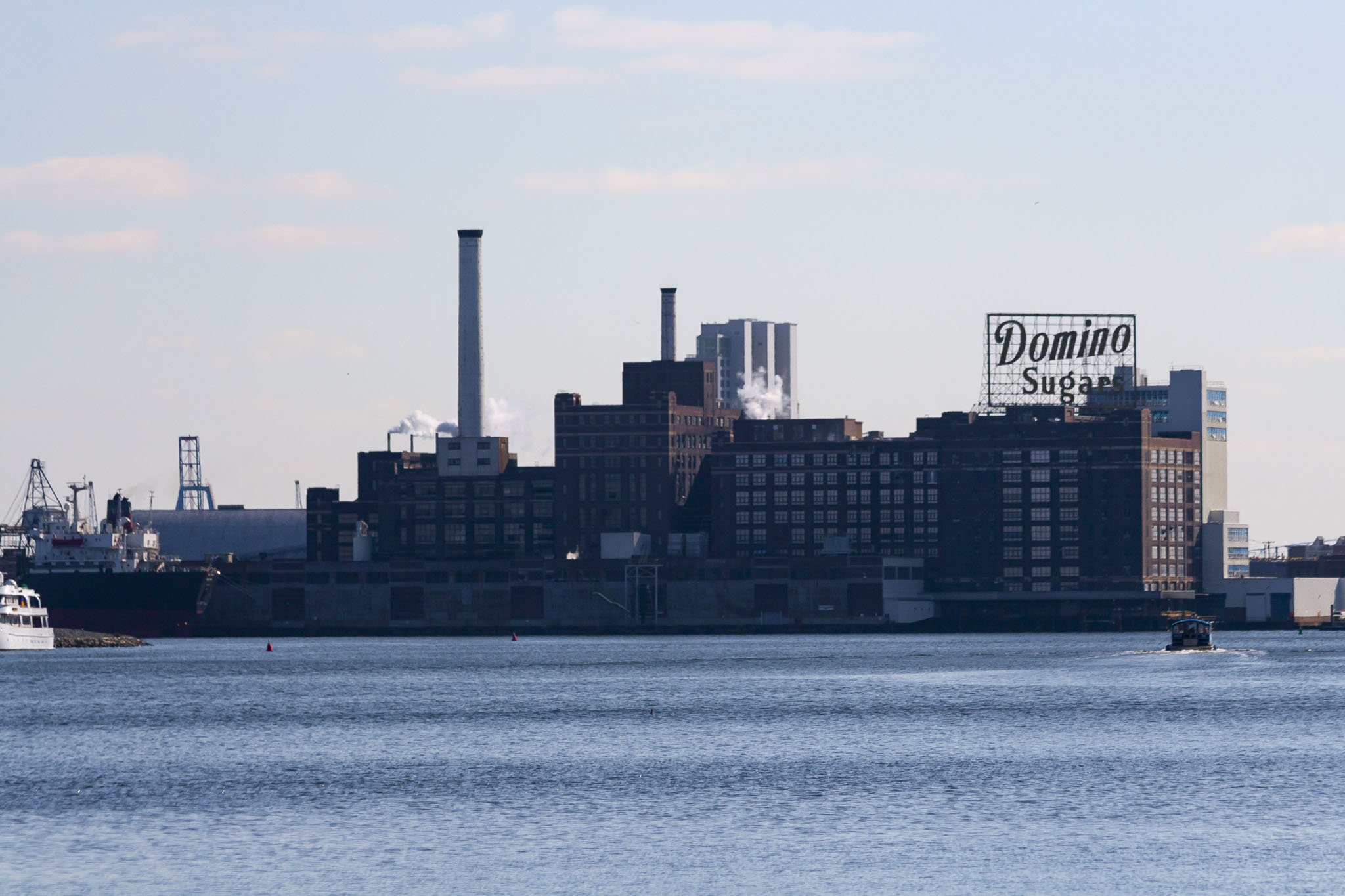

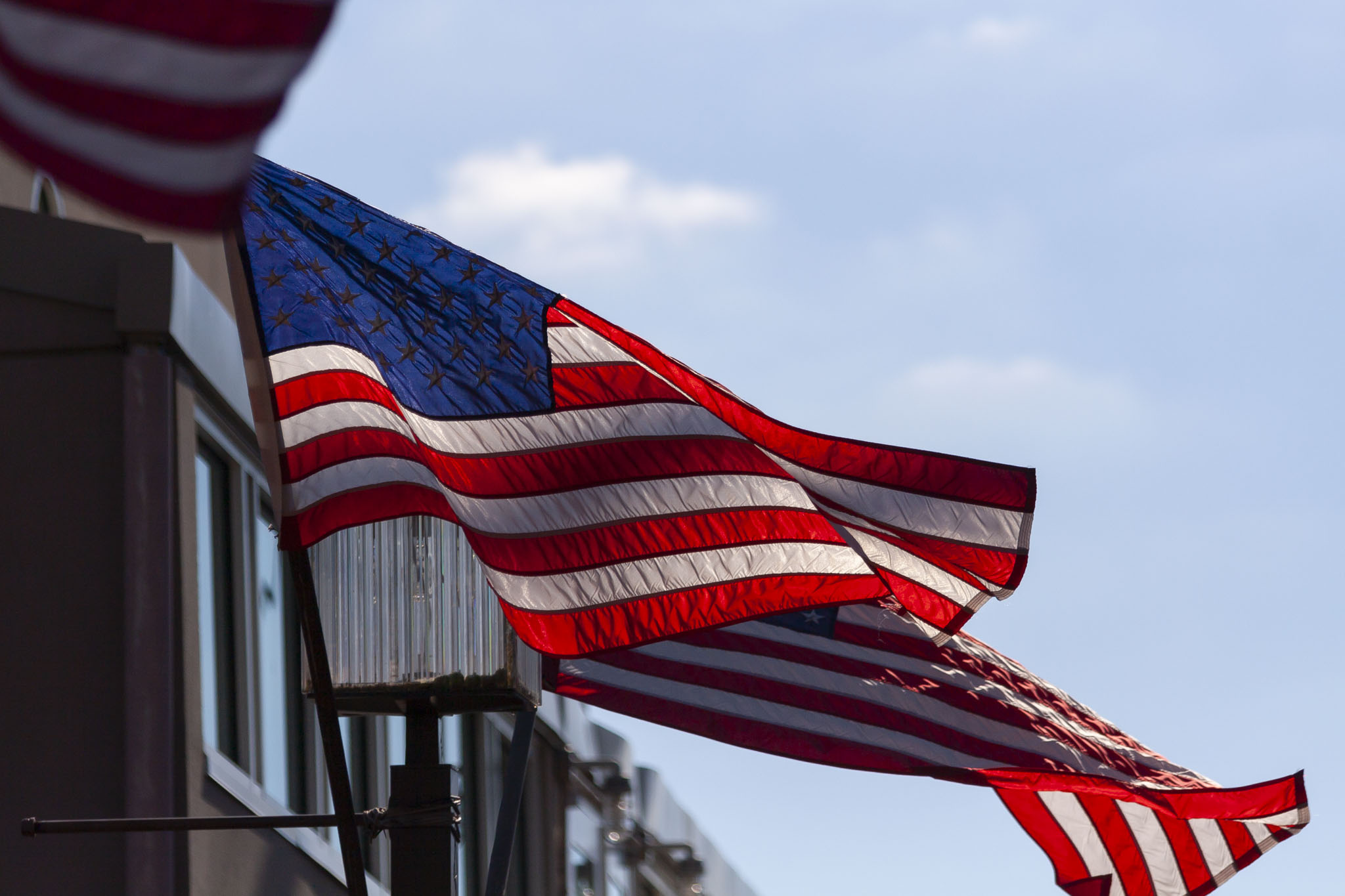



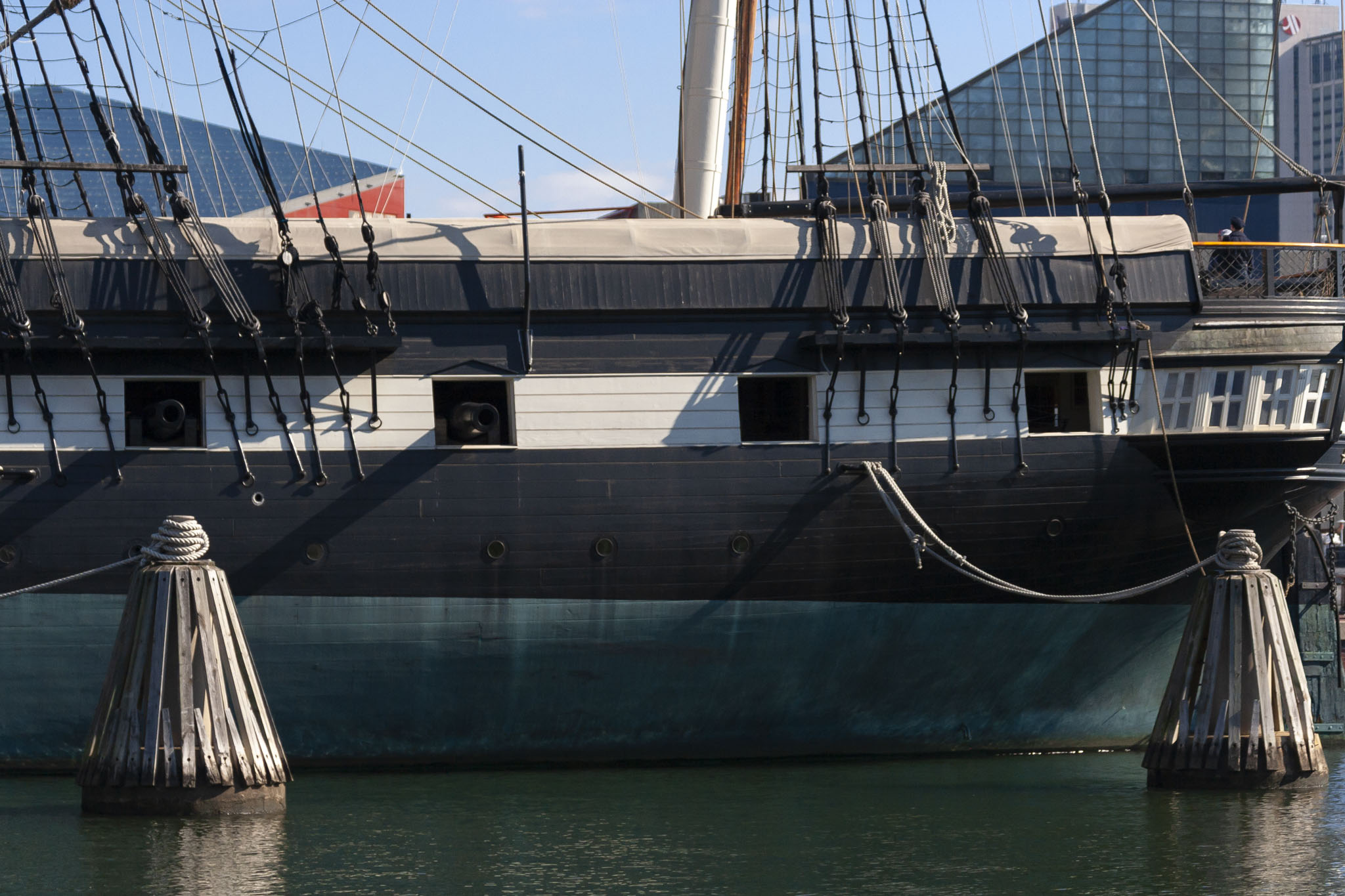
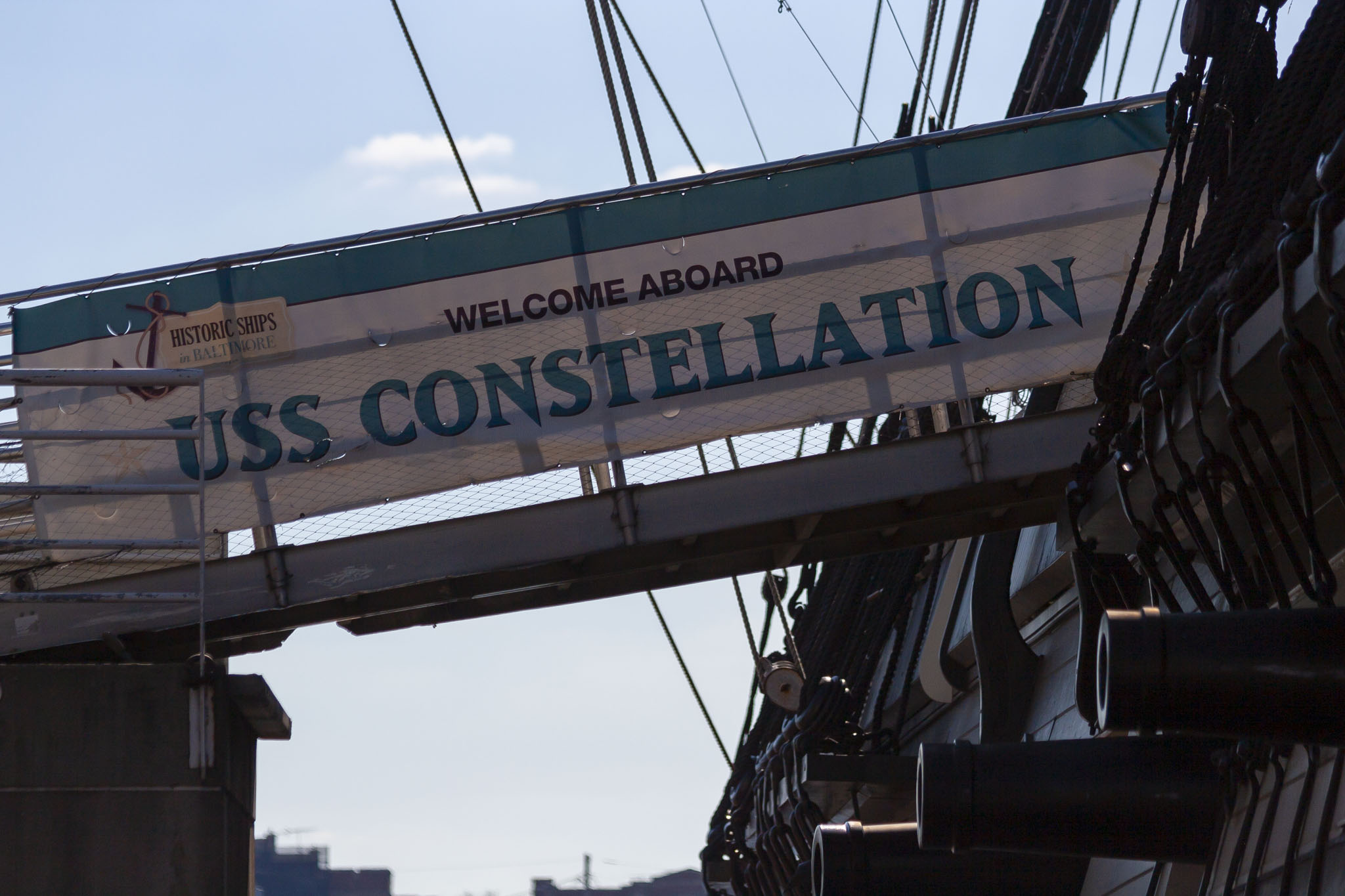
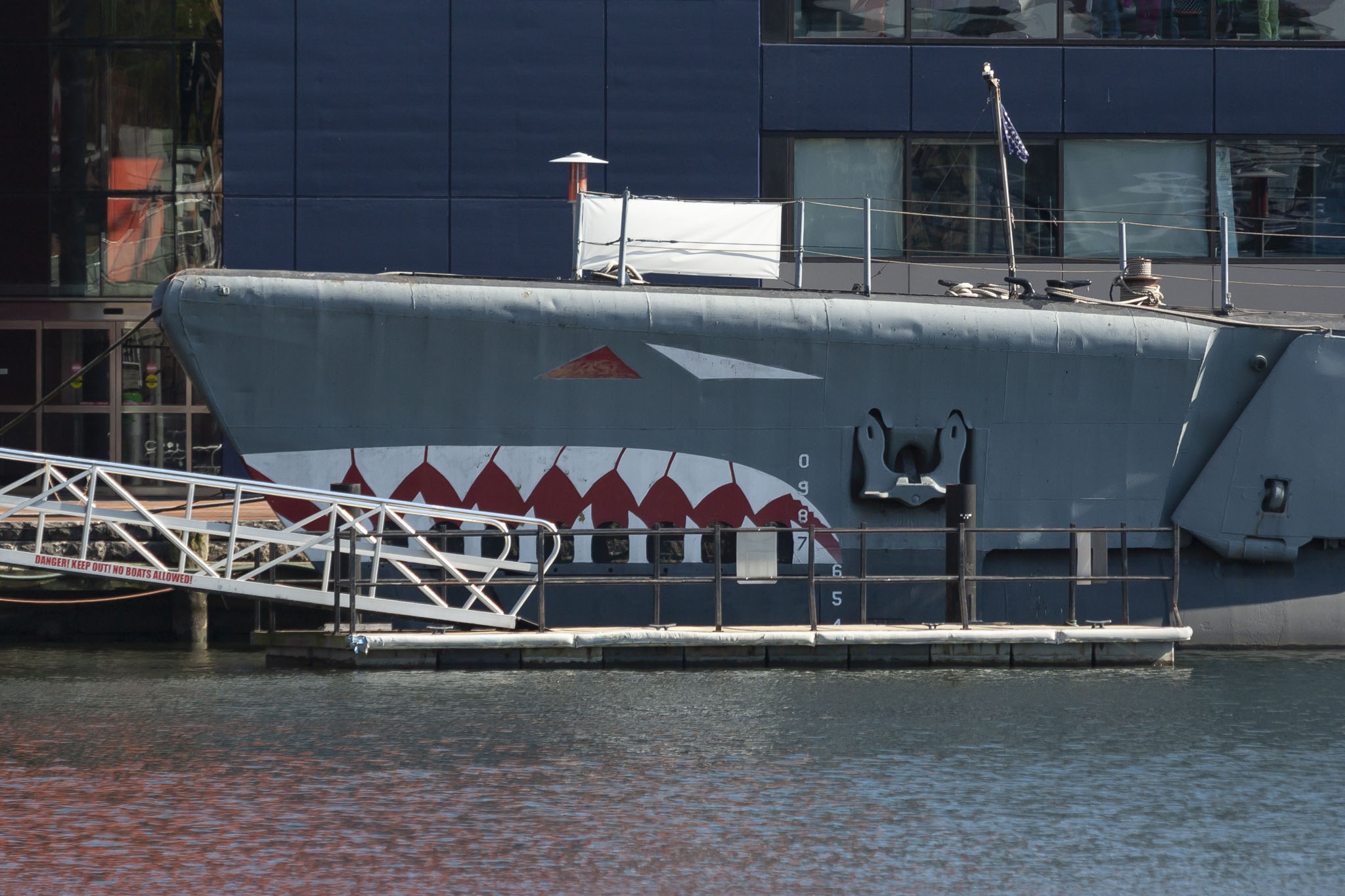
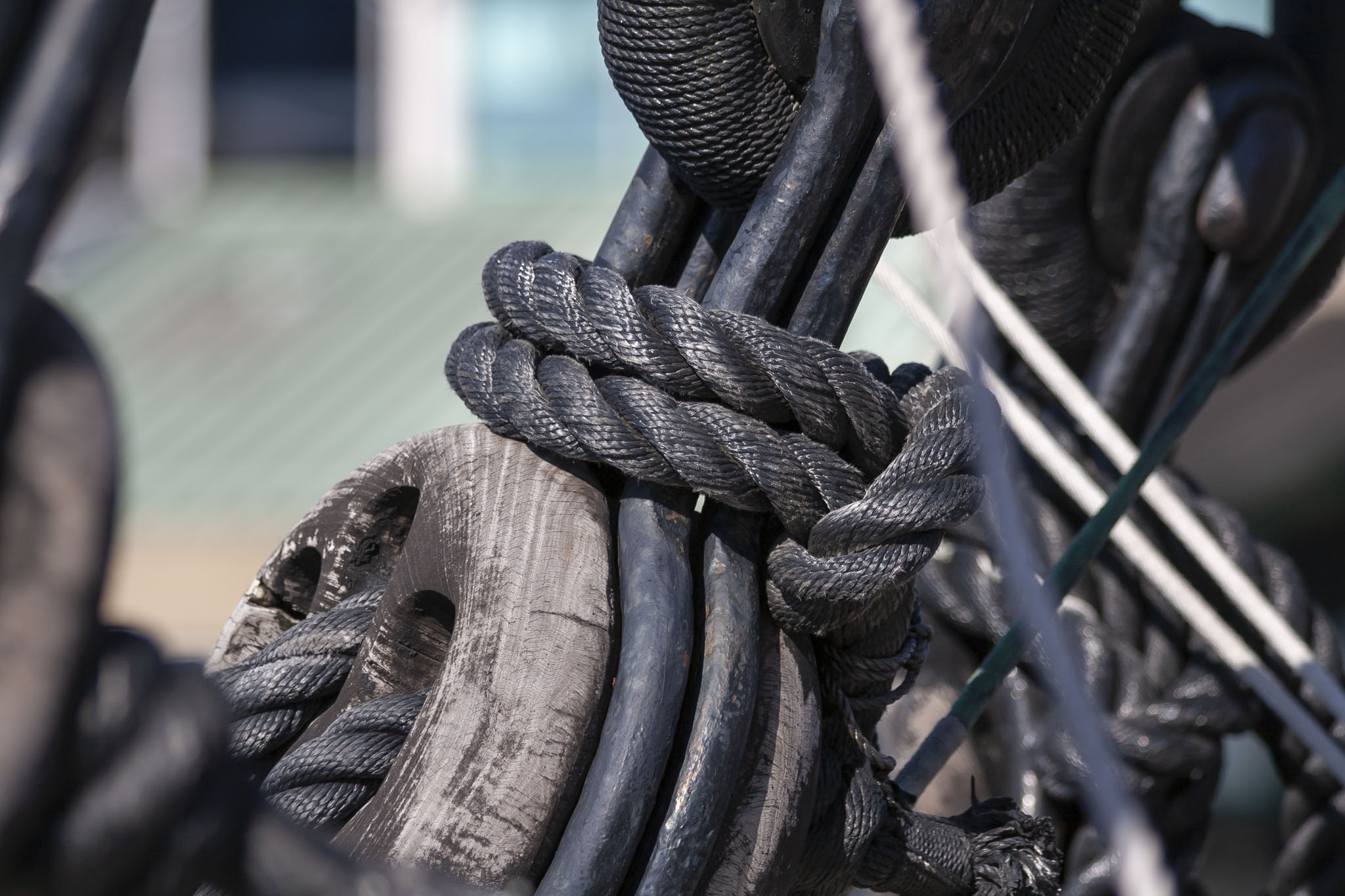
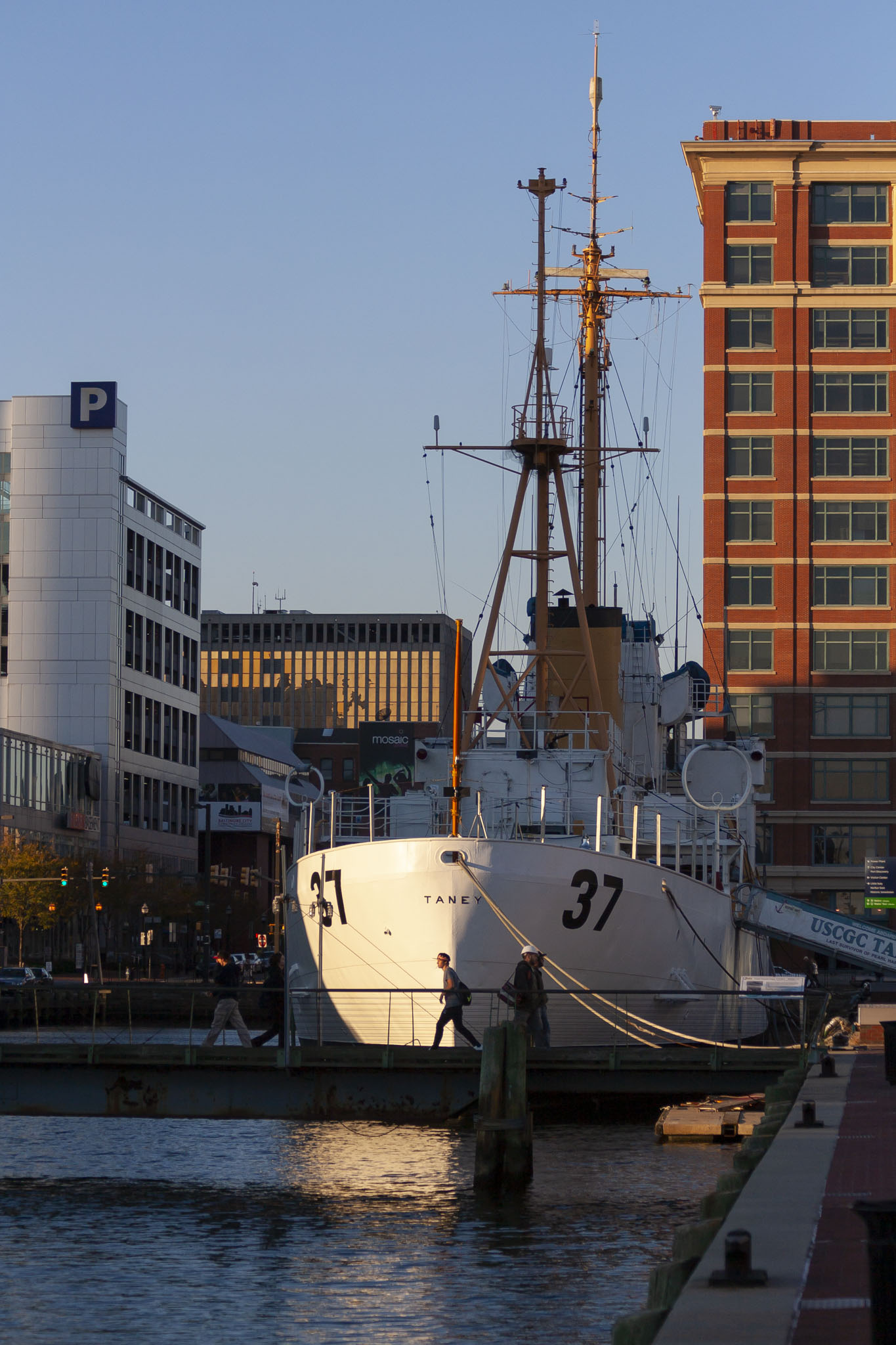


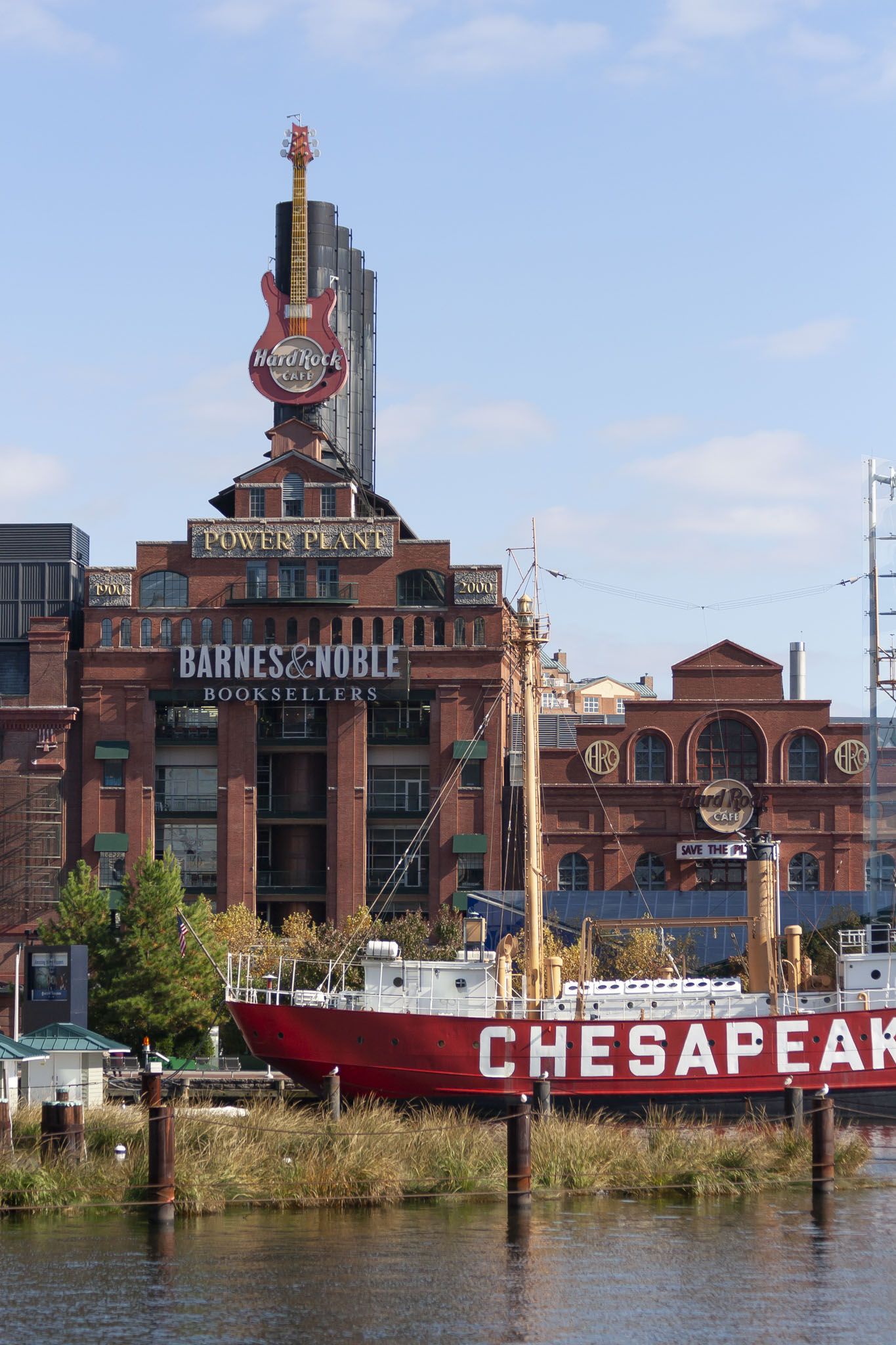



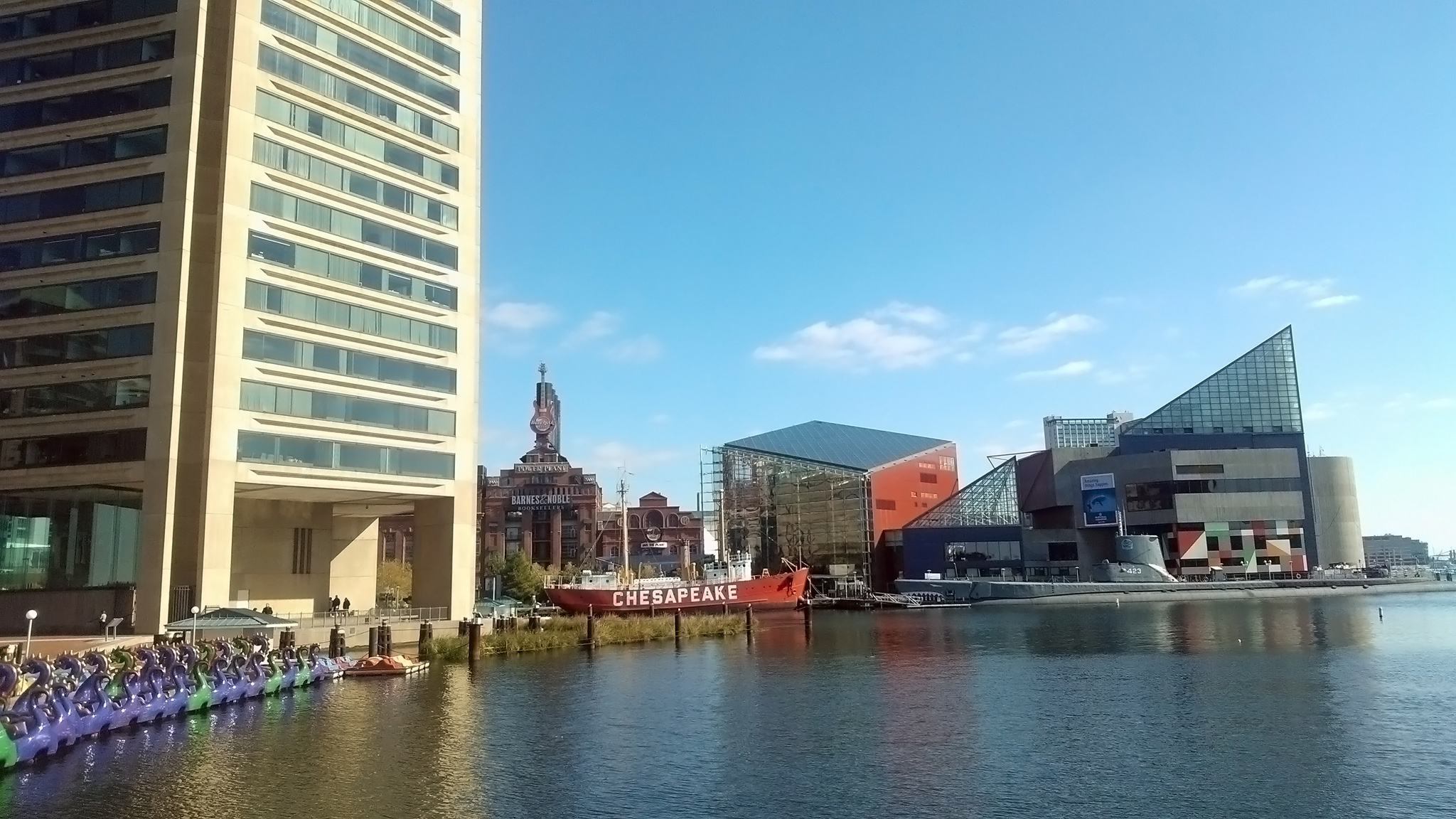

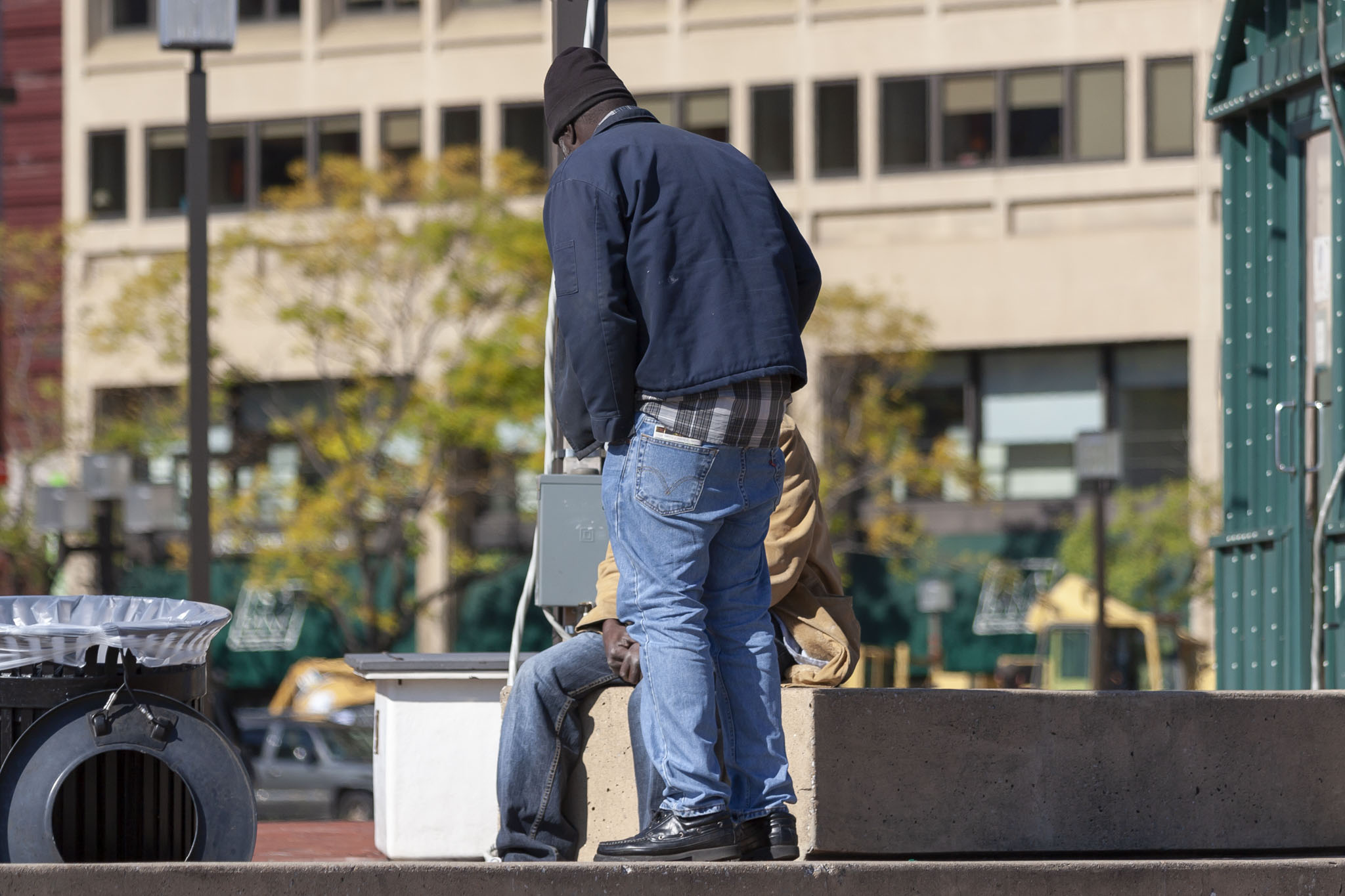




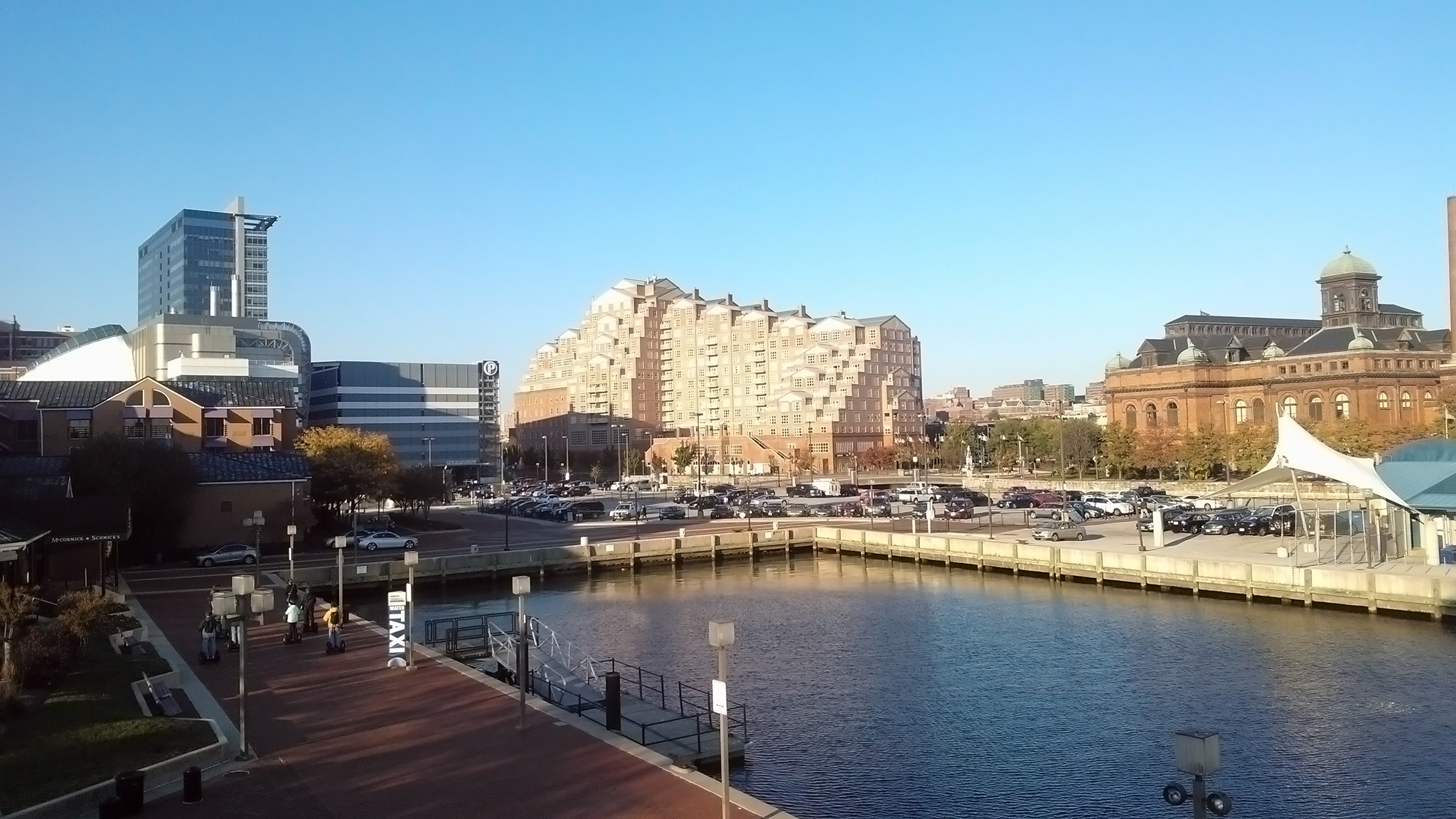



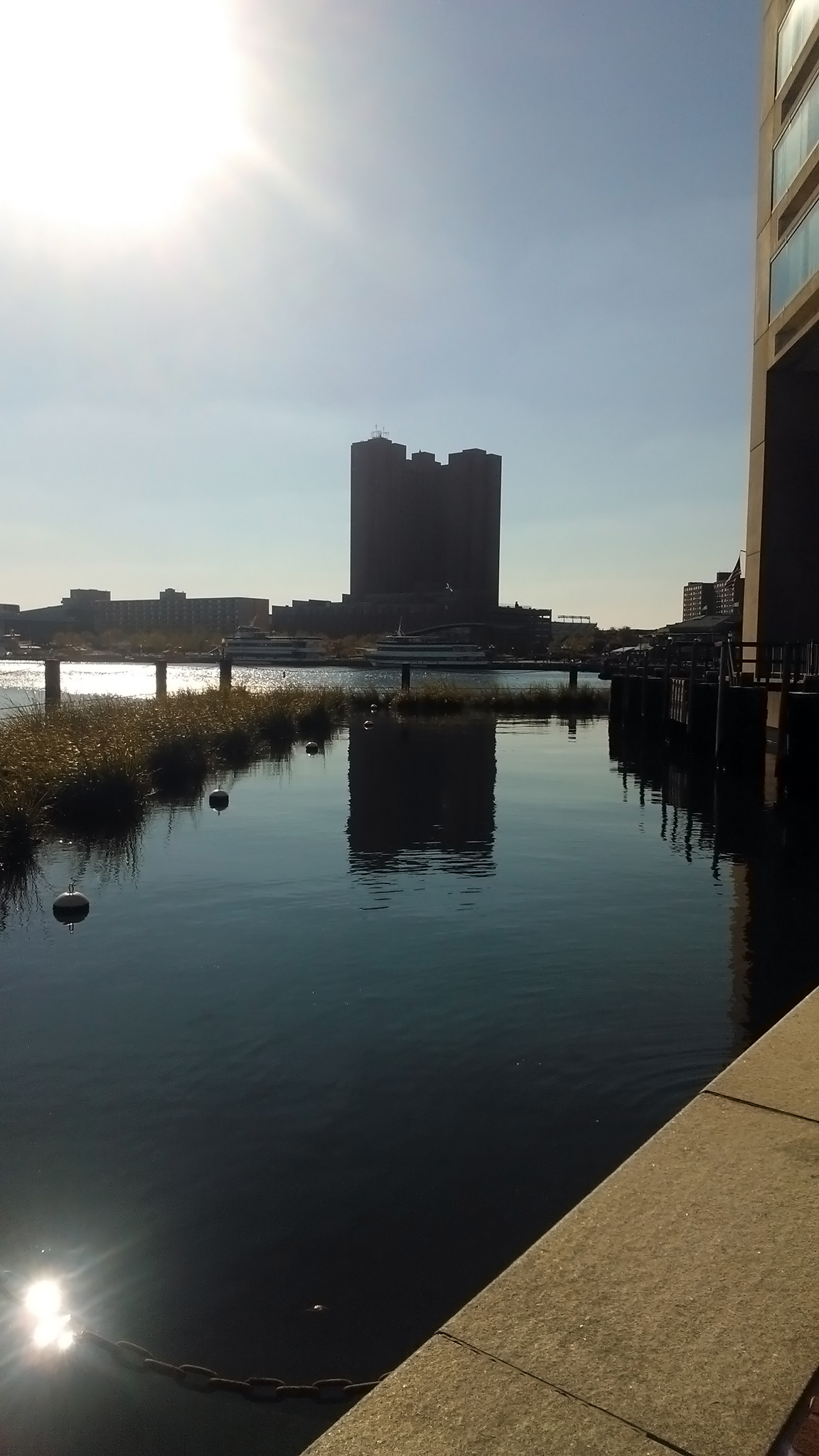


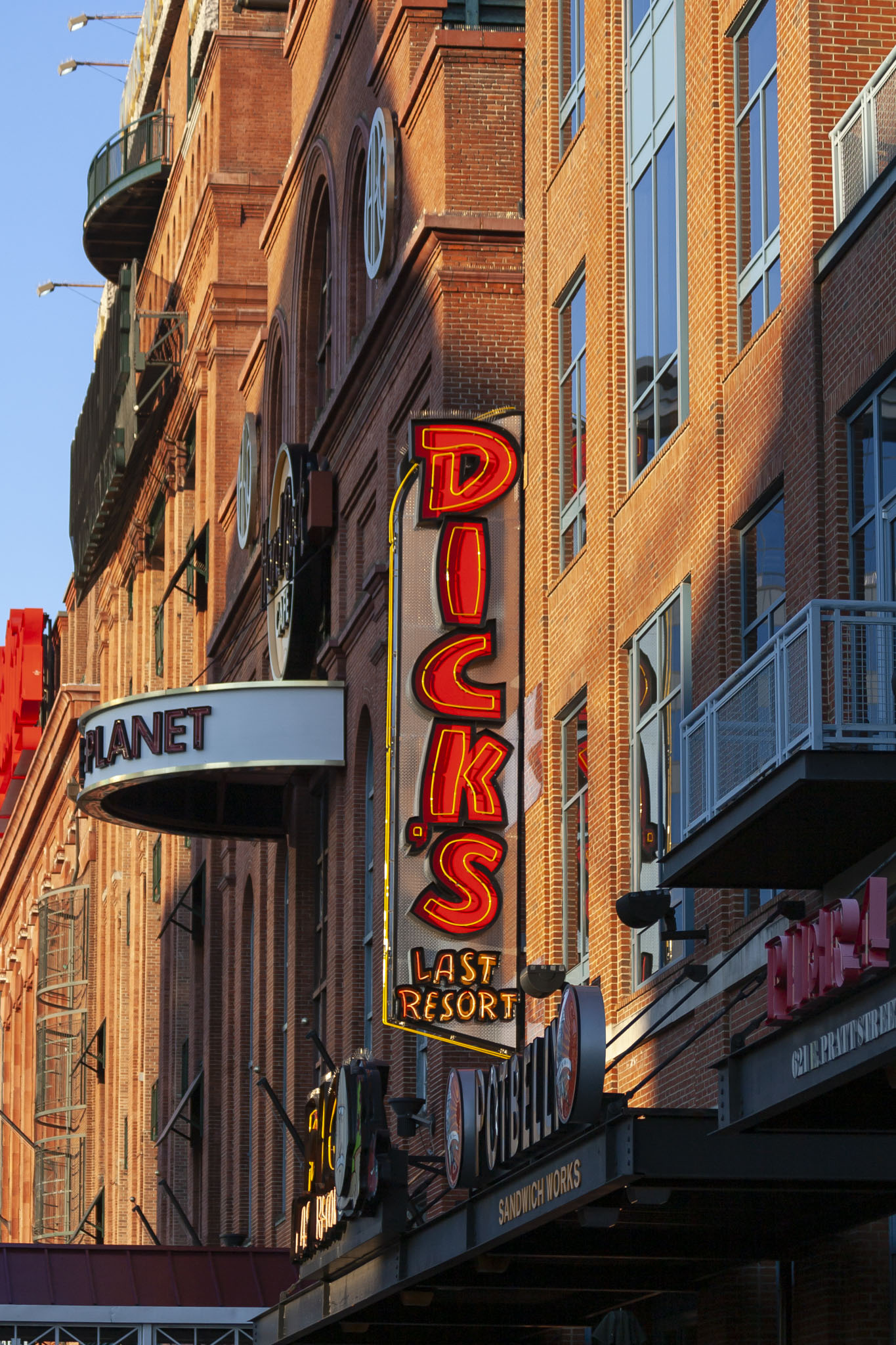


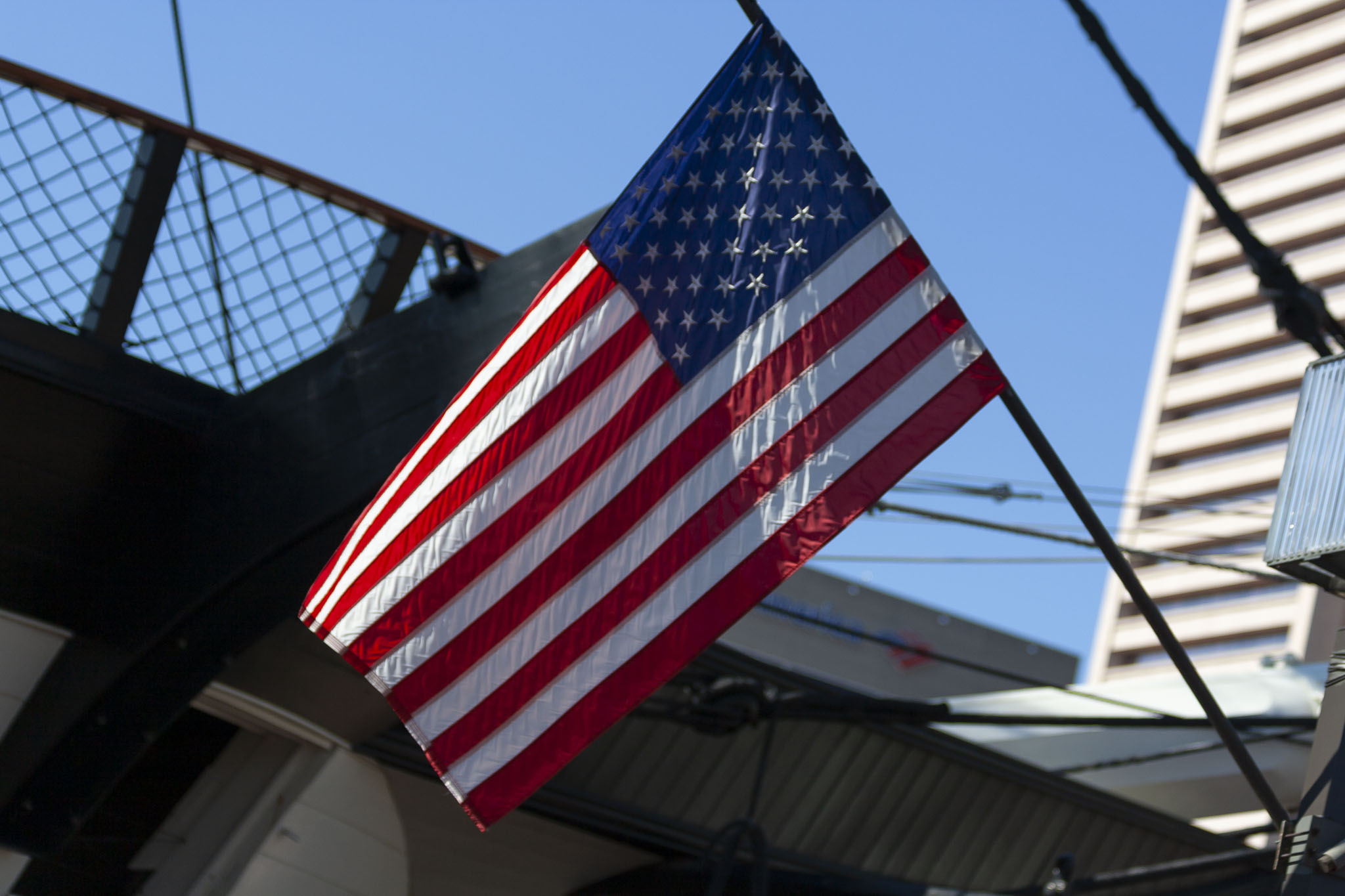

All the homeless took me aback when I first moved to B’more too. I soon found out why there were so many: the endemic heroin problem. If you want to watch some outstanding TV as well as learn more about the issue, I highly recommend HBO’s ‘The Wire’.
There are other parts of Bmore that are really nice too (Fells Point, Mt. Vernon), and the food in Little Italy and Little Greece is amazeballs. I’d stay away from the Lexington Mkt area, even though that is where the Poe House is. I worked at the VA, which is right next to Lexington Market, during my postdoc. If I had to stay late for an experiment, I would get my advisor’s permission to drive in and park in the basement of the hospital, as it was too dangerous to walk to the metro station from the hospital after dark. I got mugged in Lexington Market once, in broad daylight and in front of a huge crowd of people. There’s a police substation in the market itself. When I was fighting with one of my attackers, the cops’ reaction was to bodyslam me to the ground and kneel on my head. I filed a report about my stolen backpack afterward. The cops just shrugged when I asked how likely it was that I’d get my stuff back.
I know every city has good bits and bad bits but holy crap, that’s terrible to hear.